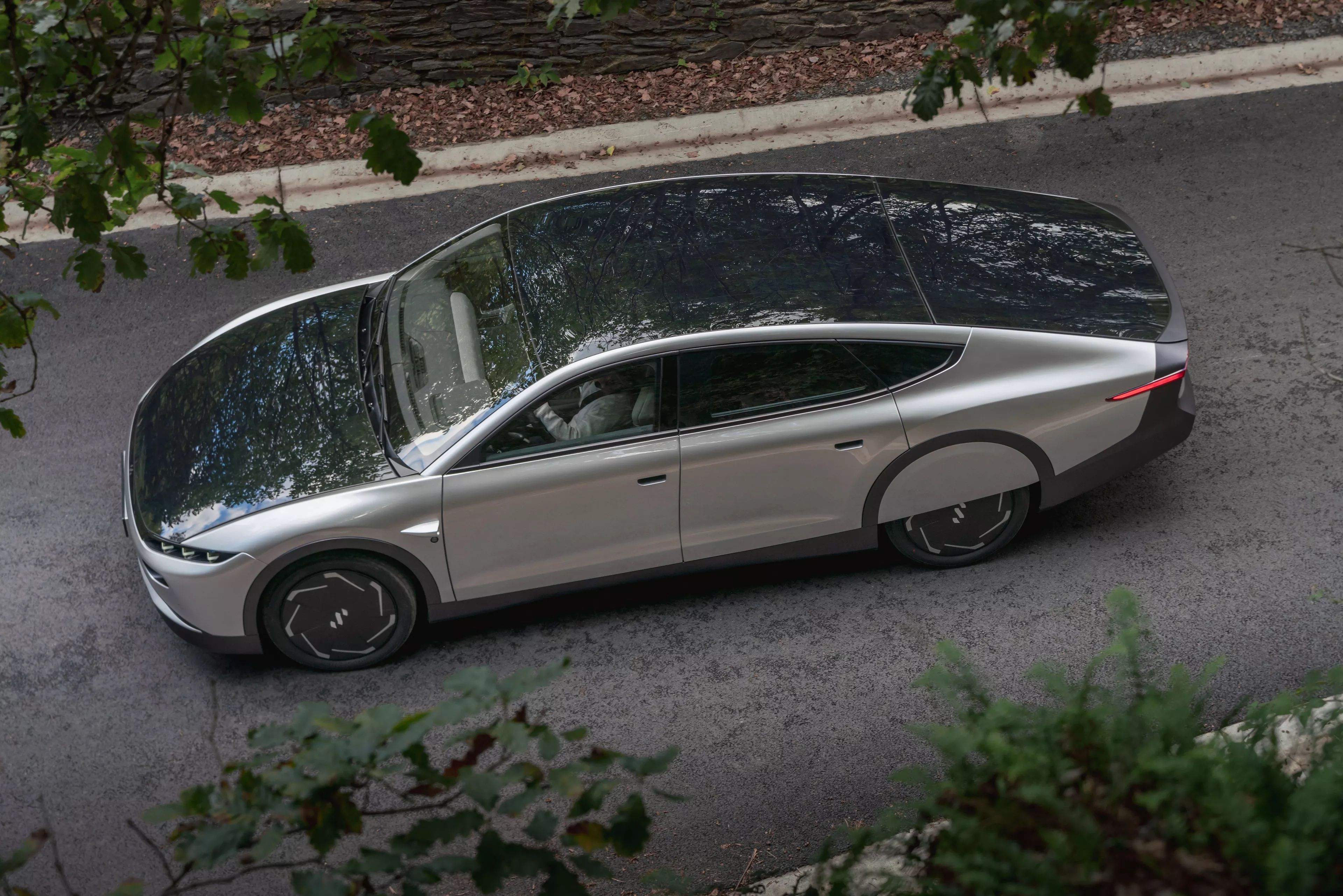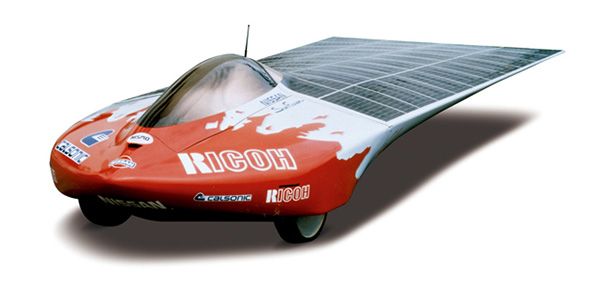The primary commercially mainstream solar-powered EVs are set to be out there on the European and US markets within the subsequent few years by means of younger corporations like Germany’s Sono Motors, California-based Aptera Motors, and Dutch carmaker Lightyear. With solar-enhanced EVs set to debut, is there a future for the expertise within the electrification age, or is it a gimmick that can by no means really bear fruit?
Photo voltaic EVs Coming To Market
Photo voltaic panels can add weight to vehicles that don’t essentially justify the added power manufacturing and expense. Traditionally, producers have compensated for this inefficiency by putting in greater batteries, however the price of batteries shouldn’t be anticipated to lower anytime quickly. Nonetheless, just a few smaller automakers are giving the tech a attempt.
Aperta’s 2-seater vehicle combines a light-weight physique with a lithium-ion battery designed to maximise the facility of the California sunshine. The car can get about 30 miles from photo voltaic power. Relying on the capability of the battery, this futuristic-looking automobile ranges from $26,000 to 48,000. The Lightyear 0, with a modern physique carefully resembling a Tesla, can stand up to 45 miles from photo voltaic, and its lithium-ion battery will get as much as 390 miles per cost. The automobile’s in-wheel motors give it aerodynamic effectivity whereas seating 5, serving to it enchantment to a mass market which may not in any other case be interested in an EV. This limited-release mannequin is retailing for $250,000, however their scaled-up Lightyear 2, anticipated to be launched in 2025, is estimated to value about $30,000.
The Fisker Ocean recently entered production, and it’s fitted with a retractable photo voltaic roof in its prime trim. Based on the producer, it could present as much as 2,000 miles of vary in a yr on solar energy alone, although the mathematics behind that conclusion wasn’t included.
Engineers predict that photo voltaic EVs could have increased capacities sooner or later as applied sciences enhance. Presently, the highest-performing photo voltaic panels are solely 22% environment friendly and don’t but maximize the floor space of a automobile. Applied sciences like photo voltaic glass that acquire photo voltaic power from home windows are predicted to allow drivers to journey 80 to 100 miles on solar energy alone. So, at the very least for now, solar energy could possibly be advantageous, however not notably game-changing when it comes to vary.
Automotive Photo voltaic Panels Have A Lengthy Historical past
Nissan Solar Favor
Harnessing the facility of the solar to energy vehicles may be traced again to 1955 when GM unveiled a prototype of a 15-inch 1955 Corvette geared up with eight photo voltaic cells on its hood, able to doing little greater than powering the tiny motor.
In 1982, Hans Tholstrop and Larry Perkins launched the World Photo voltaic Problem, driving their prototype photo voltaic EV throughout Australia, and in 1992, Nissan took this a step additional, creating the Sun Favor concept car. Since 2013, Bridgestone has sponsored the occasion, which requires opponents to enter vehicles which have not more than 43-square-feet of photo voltaic panels, greater than 3 wheels, are roughly the dimensions of a giant passenger car, can maintain at the very least on particular person, and run completely on photo voltaic power. The biennial occasion has competing vehicles that drive over 1,864 mi (3000km) from Northern to Southern Australia and attracts groups from world wide, usually from analysis and academic establishments.
When GM gained the World Photo voltaic Problem in 1987, it shifted its focus to sponsoring the collegiate American Solar Challenge. Since 1990, this biannual occasion has been taking groups throughout North America on programs which are roughly 2,000 miles.








